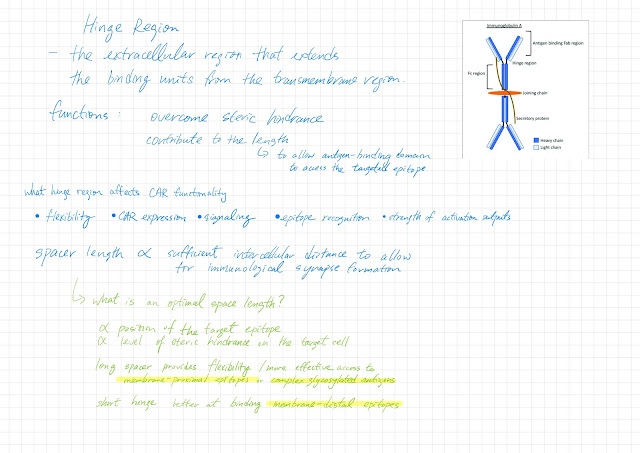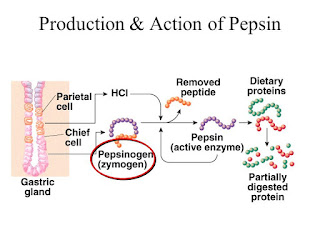Current Limitations of CAR-T Cell Therapy I - Antigen Escape

Antigen Escape Antigen Escape is one of the most concerning challenges during the clinical development of CAR-T cell therapy. A robust initial response is often followed by a relapse in many trials. This is often due to the downregulation or the complete loss of target antigens on the tumor cells. Introduction Antigen escape describes the development of tumor resistance to a single antigen targeting CAR construct. After the initial encounter with the CAR-T cells, the malignant cells mutate and show partial or complete loss of the target antigen expression. In patients with ALL treated with CD19-targeted CAR-T cell therapy, a downregulation or loss of CD19 antigens was observed. In patients with myeloma treated with BCMA-targeted CAR-T cell therapy, a downregulation or loss of BCMA expression was observed. In patients with glioblastoma, a solid tumor treated with IL13Ra2-targeted CAR-T cell therapy, a downregulation of IL13Ra2 expression was observed. Improve...



